Home>Furniture>Outdoor Furniture>How To Get A Dog To Stop Peeing On A Patio
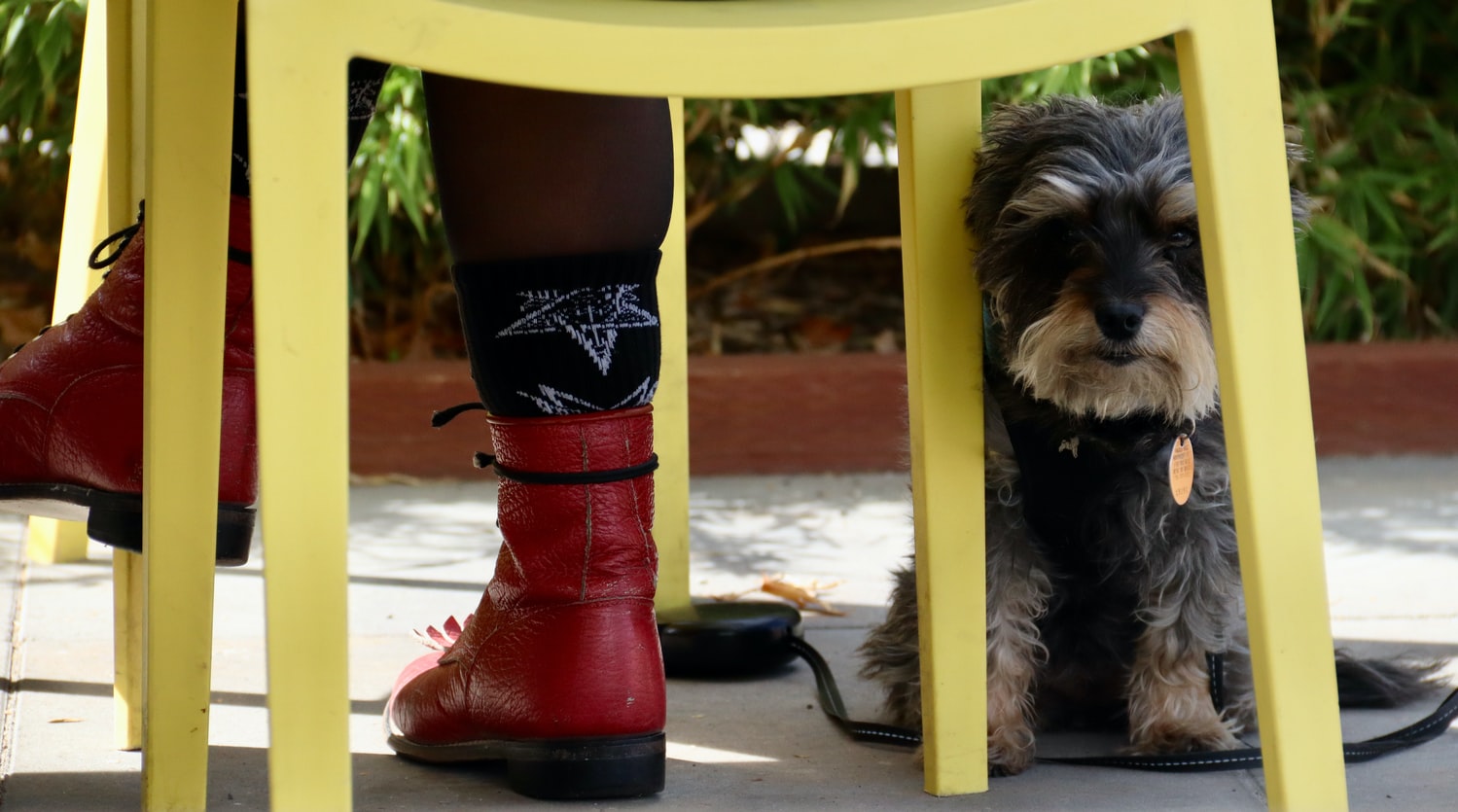

Outdoor Furniture
How To Get A Dog To Stop Peeing On A Patio
Modified: March 7, 2024
Learn effective strategies to prevent your dog from peeing on your patio and damaging your outdoor furniture. Implement these tips to create a clean and inviting outdoor space.
(Many of the links in this article redirect to a specific reviewed product. Your purchase of these products through affiliate links helps to generate commission for Storables.com, at no extra cost. Learn more)
Introduction
Welcome to the ultimate guide on how to get your dog to stop peeing on a patio! As a dog owner, you know how frustrating and unsightly it can be to constantly find urine stains on your outdoor living space. Not only can it ruin the appearance of your patio, but it can also create an unpleasant odor and a potential health hazard. But fear not! We’re here to help you tackle this issue and reclaim your patio as a clean and enjoyable space for both you and your furry friend.
Before we dive into the practical steps you can take to address this problem, it’s important to understand some of the underlying reasons why your dog may be inclined to use your patio as their personal bathroom. Dogs are territorial animals, and they often mark their territory by urinating in specific areas. Additionally, if your dog doesn’t have access to a designated potty area or if they have developed a habit of peeing on your patio, breaking this cycle can be challenging.
But fret not! With a combination of training, proper cleaning, and a few deterrents, you can train your dog to use the appropriate bathroom area and keep your patio free from urine stains. So, let’s get started!
Key Takeaways:
- Establish a designated potty area for your dog to redirect their instincts and promote appropriate behavior, using consistent training and positive reinforcement.
- Thoroughly clean and neutralize the patio to discourage your dog from using it as a bathroom, while implementing consistent bathroom breaks and positive reinforcement.
Read more: How To Stop Dogs From Peeing On A Patio
Step 1: Understand the underlying reasons
Before you can effectively address the issue of your dog peeing on the patio, it’s crucial to understand why they are doing it in the first place. By identifying the underlying reasons, you’ll be better equipped to implement the appropriate strategies to stop this behavior.
Territorial marking: Dogs have a natural instinct to mark their territory, which can include their outdoor surroundings. Your patio may be seen as an extension of their territory, leading them to urinate there to assert their presence.
Lack of a designated potty area: If you haven’t established a specific location for your dog to relieve themselves, they may resort to using the patio out of convenience. Dogs are creatures of habit, and without clear guidance, they may choose the closest available spot.
Preference for a specific surface: Some dogs develop a preference for certain types of surfaces when it comes to urinating. For example, if your patio has a concrete or tiled surface, your dog may find it more appealing than the grass or dirt.
Medical issues: In some cases, a dog may start urinating on the patio due to an underlying medical condition, such as a urinary tract infection or bladder problems. If you suspect this might be the case, it’s important to consult with your veterinarian to rule out any health issues.
Stress or anxiety: Dogs may also resort to inappropriate urination as a response to stress, anxiety, or changes in their environment. This could include factors such as new additions to the household, changes in routine, or separation anxiety.
By taking the time to understand the reasons behind your dog’s behavior, you’ll be better equipped to address the issue and implement strategies that are tailored to their specific needs. In the following steps, we’ll explore how to establish a designated potty area, clean and neutralize the patio, implement consistent bathroom breaks, use positive reinforcement, consider deterrent options, and seek professional help if necessary.
Step 2: Establish a designated potty area
One of the most effective ways to prevent your dog from peeing on the patio is to provide them with a designated potty area. By establishing a specific spot for them to do their business, you’ll redirect their instincts and promote more appropriate behavior. Here’s how you can go about it:
Select a suitable location: Choose an area in your yard that is easily accessible for your dog and away from high traffic areas. This could be a corner of the yard or a designated patch of grass. Make sure the spot is well-drained to avoid puddles and excessive odor buildup.
Clear the area: Remove any debris, toys, or obstacles from the designated potty area. You want to create a clean and enticing space for your dog to use as their bathroom.
Use scent markers: Introduce scent markers, such as dog-specific pheromone sprays or synthetic urine, to attract your dog to the designated potty area. These scents can help signal to your dog that this is an appropriate spot for them to relieve themselves.
Consistency is key: Take your dog to the designated potty area at regular intervals, especially after meals, naps, or playtime. Use verbal cues or commands to reinforce the idea that this is where they should go to the bathroom. Be patient and reward your dog with praise or treats when they use the designated spot.
Monitor and reinforce: Keep a close eye on your dog’s behavior and redirect them to the potty area if you see them heading towards the patio. Consistency and positive reinforcement are essential in establishing the new habit of using the designated spot.
Consider alternative options: If you live in an apartment or have limited outdoor space, you can provide your dog with alternatives such as artificial grass patches or litter boxes specifically designed for dogs. These options can be placed on the patio or balcony, providing your dog with a designated area to relieve themselves.
Remember, patience and consistency are key when establishing a designated potty area. It may take time for your dog to understand and adjust to this new routine, so be patient and continue reinforcing the behavior you want to see.
In the next step, we’ll discuss how to clean and neutralize the patio to remove any lingering odors and discourage your dog from using it as a bathroom.
Step 3: Clean and neutralize the patio
Once you have established a designated potty area for your dog, it’s important to thoroughly clean and neutralize your patio to remove any lingering scents or reminders of their previous bathroom habits. By doing so, you’ll discourage your dog from using the patio as a bathroom in the future. Here’s what you need to do:
1. Remove any visible waste: Start by removing any solid waste from the patio. Use gloves and a pooper scooper or a plastic bag to pick up and dispose of the waste properly.
2. Rinse with water: Use a hose or bucket of water to rinse off any urine stains and dilute the odorous area. This will help prevent the scent from attracting your dog back to the spot.
3. Choose an appropriate cleaner: Select a pet-friendly cleaner specifically formulated to eliminate urine odors. Avoid using cleaners that contain ammonia, as it can smell similar to urine and might actually attract your dog to the area.
4. Apply the cleaner: Follow the instructions on the cleaner and apply it generously to the affected areas of your patio. Use a brush or mop to scrub the surface and ensure thorough coverage.
5. Allow the cleaner to penetrate: Let the cleaner sit on the patio for the recommended amount of time to allow it to break down and neutralize the urine odor. This may vary depending on the specific cleaner you are using.
6. Rinse thoroughly: After the designated time has passed, thoroughly rinse the patio with water to remove the cleaner and any remaining odor-causing particles.
7. Prevent re-marking: Consider using a pet-safe repellent or deterrent spray on the patio to discourage your dog from returning to the area. These sprays emit scents that are unpleasant to dogs, effectively deterring them from marking or relieving themselves on the patio.
8. Establish boundaries: Set clear boundaries for your dog regarding where they are allowed to go and where they should not. Consistently reinforce this boundary by redirecting them to the designated potty area and rewarding them for using it.
Remember, cleaning and neutralizing the patio is not a one-time task. You may need to repeat this process periodically to ensure a fresh and odor-free environment. Additionally, it’s important to be vigilant and clean up any accidents promptly to prevent your dog from establishing a new habit of using the patio as a bathroom.
In the next step, we’ll discuss how to implement consistent bathroom breaks for your dog to prevent accidents and encourage them to use the designated potty area.
Step 4: Implement consistent bathroom breaks
Consistency is crucial when it comes to preventing accidents and encouraging your dog to use the designated potty area instead of the patio. By implementing a regular bathroom schedule, you’ll reduce the likelihood of accidents and reinforce the desired behavior. Here’s how you can establish consistent bathroom breaks for your dog:
Create a schedule: Determine the appropriate frequency for bathroom breaks based on your dog’s age, size, and individual needs. Puppies generally require more frequent breaks, while adult dogs can typically go longer between trips outside.
Stick to a routine: Set specific times throughout the day for bathroom breaks and stick to them consistently. This means taking your dog out at the same times each day, such as first thing in the morning, after meals, after playtime, and before bed.
Use verbal cues: Establish a verbal command or cue that lets your dog know it’s time to go to the bathroom. Use a consistent phrase like “Go potty” or “Do your business” and say it as you lead your dog to the designated potty area.
Be patient and allow time: Give your dog enough time to do their business and avoid rushing them. Some dogs may need a few minutes to sniff around and find the best spot before they are ready to go.
Provide praise and rewards: As soon as your dog finishes using the designated potty area, lavish them with praise and reward them with treats or verbal affirmations. Positive reinforcement will strengthen the desired behavior and make your dog more inclined to use the designated spot in the future.
Supervise and redirect: Keep a close eye on your dog during bathroom breaks to ensure they stay within the designated area. If you notice them heading towards the patio or exhibiting signs of needing to go, redirect them to the appropriate spot and reward them for making the right choice.
Adjust the schedule as needed: Pay attention to your dog’s behavior and make adjustments to the bathroom break schedule if necessary. If you notice frequent accidents, it may be a sign that your dog needs more frequent breaks or additional potty training.
By implementing consistent bathroom breaks, you’ll minimize the chances of accidents on your patio and encourage your dog to use the designated area for relieving themselves. In the next step, we’ll discuss the importance of using positive reinforcement and rewards to reinforce the desired behavior.
To stop a dog from peeing on a patio, clean the area with an enzymatic cleaner to remove the scent. Then, train the dog to go to the bathroom in a designated spot outside. Consistency and positive reinforcement are key.
Read more: How To Stop Dogs From Peeing On Furniture
Step 5: Use positive reinforcement and rewards
Positive reinforcement is a powerful tool when it comes to training your dog and encouraging them to use the designated potty area instead of the patio. By associating the desired behavior with rewards, you’ll motivate your dog to repeat that behavior. Here’s how you can use positive reinforcement to reinforce the use of the designated potty area:
1. Praise and verbal affirmations: Whenever your dog successfully uses the designated potty area, shower them with praise and use positive verbal affirmations such as “Good job!” or “Well done!”. Make sure to show genuine enthusiasm and excitement to let your dog know they’ve done a great job.
2. Treat rewards: In addition to praise, provide your dog with a small, tasty treat as a reward for using the designated spot. Choose treats that your dog finds particularly appealing and reserve them solely for rewards during potty training. This will help reinforce the positive association with using the designated area.
3. Timing is key: Give the reward immediately after your dog finishes using the designated potty area. This will help them understand that the reward is directly related to their behavior of relieving themselves in the right spot.
4. Consistency: Be consistent with the use of praise and rewards every time your dog uses the designated potty area. Consistency helps reinforce the behavior and makes it more likely that your dog will continue to use the right spot in the future.
5. Be patient: It’s important to remember that training takes time, and accidents may happen along the way. Stay patient and avoid punishment or scolding if your dog has an accident on the patio. Instead, focus on reinforcing the correct behavior and redirecting them to the designated area.
6. Gradually reduce rewards: As your dog becomes more consistent in using the designated potty area, you can gradually reduce the frequency of treats and rely more on verbal praise and affirmation. However, it’s important to continue to occasionally reward your dog to maintain the positive association and ensure ongoing success.
Using positive reinforcement and rewards not only reinforces the behavior of using the designated potty area, but it also strengthens the bond between you and your dog. By associating potty breaks with positive experiences, you’ll create an enjoyable and rewarding training process.
In the next step, we’ll explore options for implementing deterrents to discourage your dog from peeing on the patio.
Step 6: Consider options for deterrents
While positive reinforcement is an effective way to encourage your dog to use the designated potty area, sometimes you may need additional measures to deter them from peeing on the patio. Deterrents can help create an aversion to the patio and redirect your dog’s behavior. Here are some options to consider:
1. Natural deterrents: There are several natural substances that dogs find unpleasant and can be used as deterrents. For example, citrus peels, vinegar, or cayenne pepper sprinkled around the patio can discourage your dog from approaching the area. Be mindful that these substances may affect the plants or furniture on your patio, so use them sparingly and test on a small area first.
2. Commercial deterrent sprays: There are commercially available sprays specifically designed to deter dogs from urinating in certain areas. These sprays emit scents that are unappealing to dogs but are generally safe for use. Follow the instructions on the product and apply it to the patio area where your dog tends to pee.
3. Sound deterrents: Dogs are sensitive to certain sounds, and using sound deterrents can startle them and discourage them from approaching the patio. Ultrasonic devices emit high-frequency sounds that are inaudible to humans but can be unpleasant for dogs. Place these devices near the patio to create a deterrent effect.
4. Motion-activated devices: Motion-activated sprinkler systems or noise-making devices can startle your dog when they approach the patio. These devices detect movement and activate a response, such as spraying water or emitting a loud noise, which deters your dog from getting close to the patio.
5. Physical barriers: If your dog’s access to the patio can be restricted, consider using physical barriers such as baby gates, fences, or planters. These barriers can prevent your dog from reaching the patio altogether, eliminating the opportunity for them to pee on it.
6. Professional help: If the above deterrents do not work or if your dog’s behavior persists, consider seeking help from a professional dog trainer or animal behaviorist. They can assess the situation and provide personalized guidance and techniques to address the issue effectively.
It’s important to note that while deterrents can be useful, they should be used in conjunction with positive reinforcement and training. These deterrents are meant to discourage your dog from peeing on the patio, but ultimately, providing them with a designated potty area and reinforcing the desired behavior is the most effective approach.
In the final step, we’ll discuss when it may be necessary to seek professional help for resolving the issue of your dog peeing on the patio.
Step 7: Seek professional help if necessary
If you have followed the previous steps and implemented various strategies to discourage your dog from peeing on the patio, but the behavior persists, it may be time to seek professional help. A professional dog trainer or animal behaviorist can provide expert guidance and assistance in resolving the issue. Here are some signs that indicate it may be necessary to enlist professional help:
1. The behavior continues despite your efforts: If your dog continues to use the patio as a bathroom, despite your consistent training and deterrent measures, it may indicate an underlying issue that requires professional intervention.
2. Aggressive or anxious behavior: If your dog becomes aggressive or anxious when you attempt to redirect them from peeing on the patio, seeking professional help is essential to address these behavioral issues along with the inappropriate urination problem.
3. Consistent accidents inside the house: If your dog not only pees on the patio but also has consistent accidents inside the house, it may indicate a larger house-training issue. A professional can help identify the root cause and provide specific strategies to address it.
4. Other behavioral problems are present: If your dog’s inappropriate urination is coupled with other behavioral problems, such as destructive chewing, excessive barking, or separation anxiety, a professional can help address these issues holistically and create a comprehensive behavior modification plan.
5. Medical causes have been ruled out: If you have consulted with your veterinarian and ruled out any underlying medical conditions contributing to your dog’s patio-peeing behavior, seeking help from an experienced professional is the next step.
A professional dog trainer or animal behaviorist will have the expertise and knowledge to assess your specific situation, identify any underlying causes, and provide tailored solutions. They can develop a personalized training plan, offer guidance on effective management techniques, and help you implement appropriate strategies to address the problem effectively.
Remember, seeking professional help is not a sign of failure but a proactive step towards finding a resolution for your dog’s patio-peeing behavior. Their expertise and guidance can make a significant difference in overcoming the issue and creating a harmonious environment for both you and your furry friend.
With the right combination of training, consistency, positive reinforcement, and potential professional assistance, you can successfully stop your dog from peeing on the patio and promote more appropriate bathroom behaviors.
By following these steps and implementing the suggested strategies, you will be well on your way to reclaiming your patio as a clean and enjoyable space for everyone to enjoy.
Happy training!
Conclusion
Congratulations! You have now reached the end of our comprehensive guide on how to get your dog to stop peeing on the patio. By following the steps outlined in this article, you have equipped yourself with the knowledge and strategies to address this frustrating behavior and create a clean and enjoyable outdoor living space for both you and your furry companion.
Throughout the process, it’s important to remember that training your dog requires patience, consistency, and positive reinforcement. Understanding the underlying reasons for your dog’s behavior, establishing a designated potty area, cleaning and neutralizing the patio, implementing consistent bathroom breaks, using positive reinforcement, considering deterrent options, and seeking professional help when needed are all important steps towards success.
By creating a designated potty area and consistently redirecting your dog to that spot, you are encouraging them to understand where they should go to relieve themselves. Regular cleaning and neutralizing of the patio will remove any lingering scents and discourage your dog from using the area as a bathroom. Implementing a schedule for bathroom breaks and using positive reinforcement and rewards will motivate and reinforce the desired behavior.
It’s important to remember that every dog is unique, and what works for one may not work for another. Be patient, observant, and adaptable in your approach to find what works best for your dog. If the behavior persists or if you encounter challenges along the way, don’t hesitate to seek professional help. A professional trainer or behaviorist can provide personalized guidance and assistance tailored to your dog’s specific needs.
With consistent training, positive reinforcement, and potentially professional guidance, you can successfully train your dog to stop peeing on the patio and enjoy a urine-free outdoor space. Remember to maintain a loving and nurturing relationship with your dog throughout the process.
We hope that this guide has been informative and helpful in addressing your dog’s patio-peeing behavior. Now, armed with these tips and strategies, you can take action and create a patio that is clean, fresh, and a joy to spend time on with your beloved pooch.
Wishing you all the best on your journey to a patio free from unwanted urine stains!
Frequently Asked Questions about How To Get A Dog To Stop Peeing On A Patio
Was this page helpful?
At Storables.com, we guarantee accurate and reliable information. Our content, validated by Expert Board Contributors, is crafted following stringent Editorial Policies. We're committed to providing you with well-researched, expert-backed insights for all your informational needs.
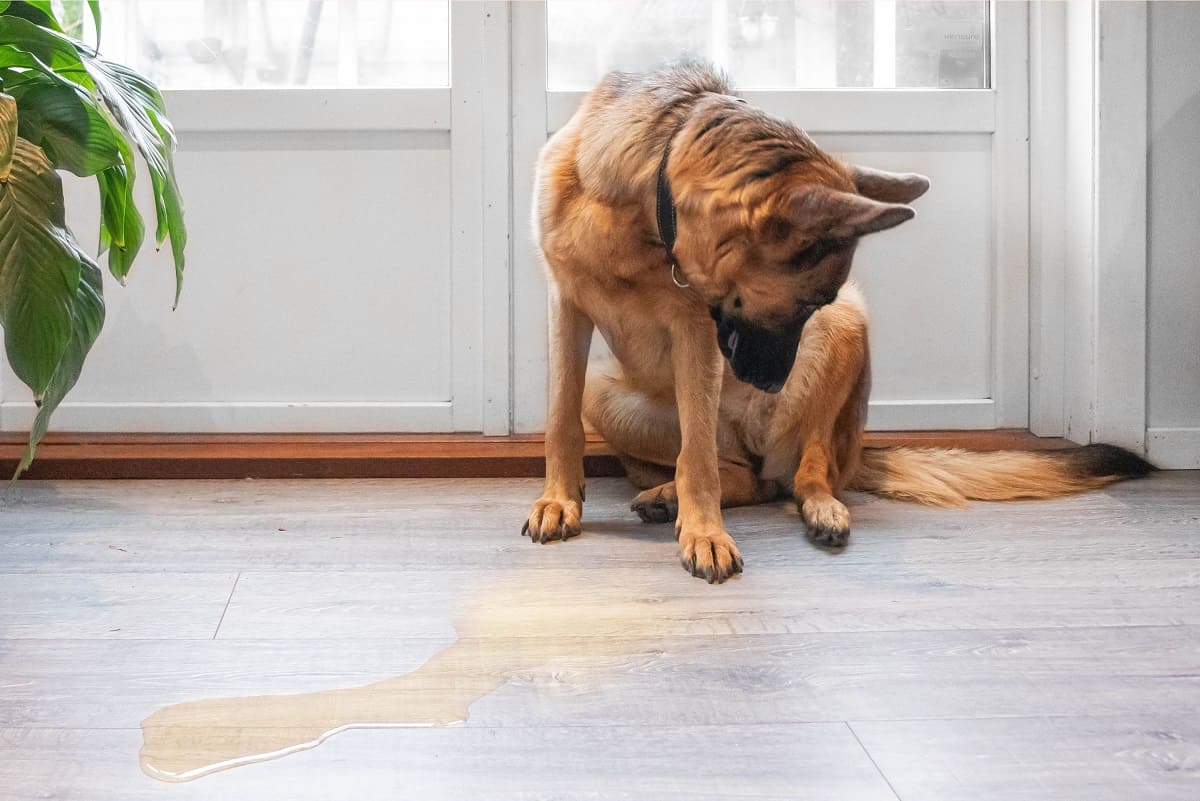
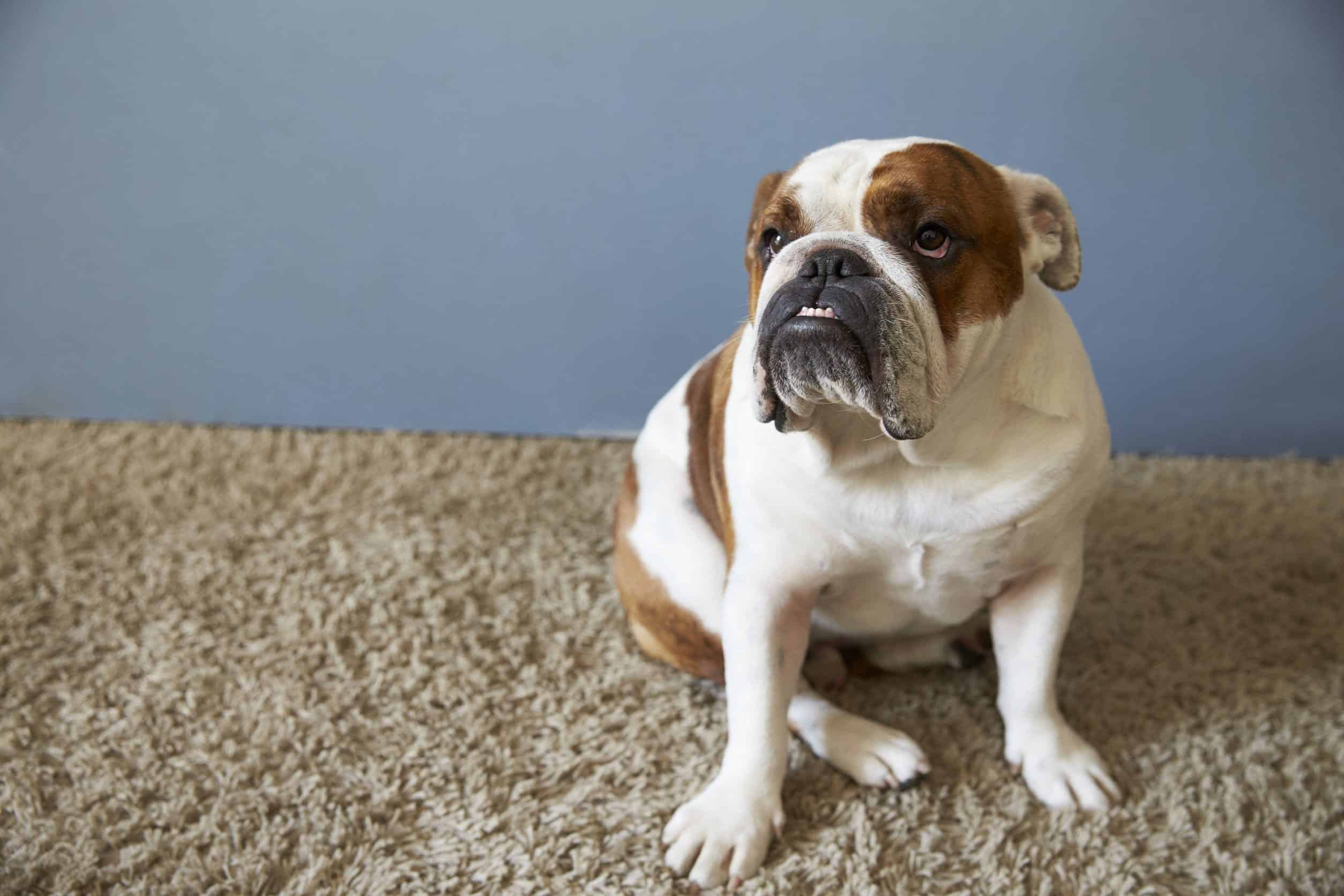
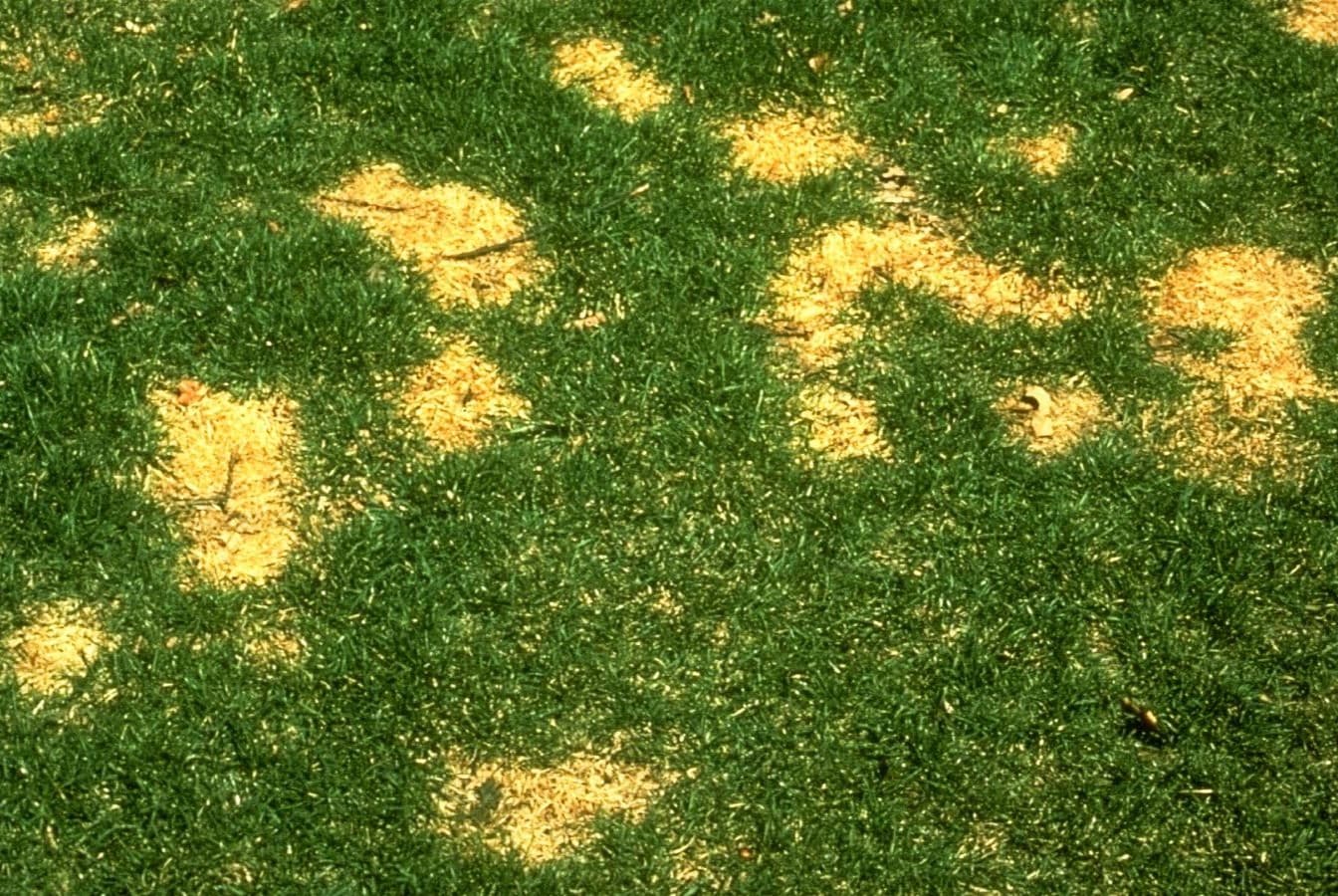
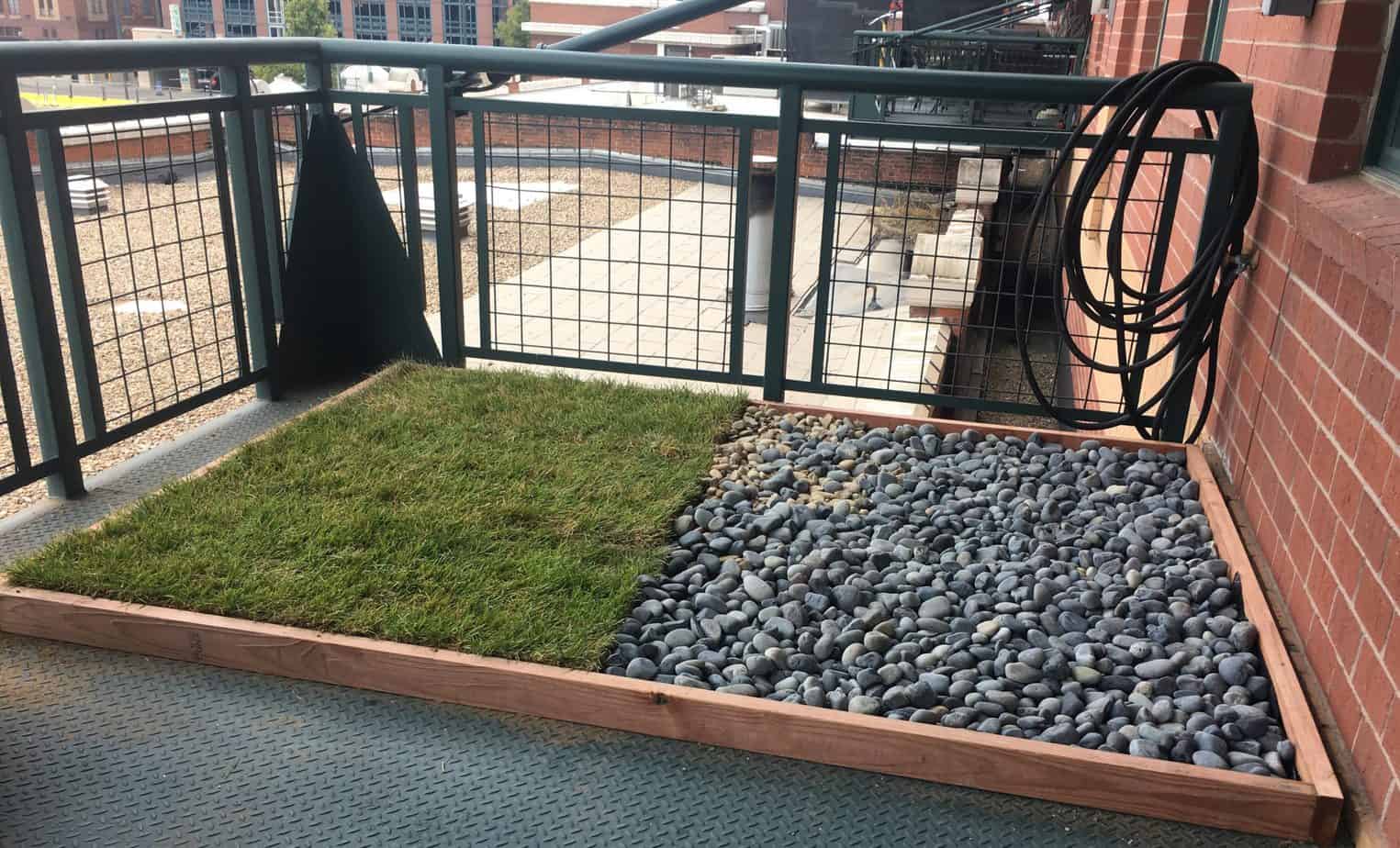
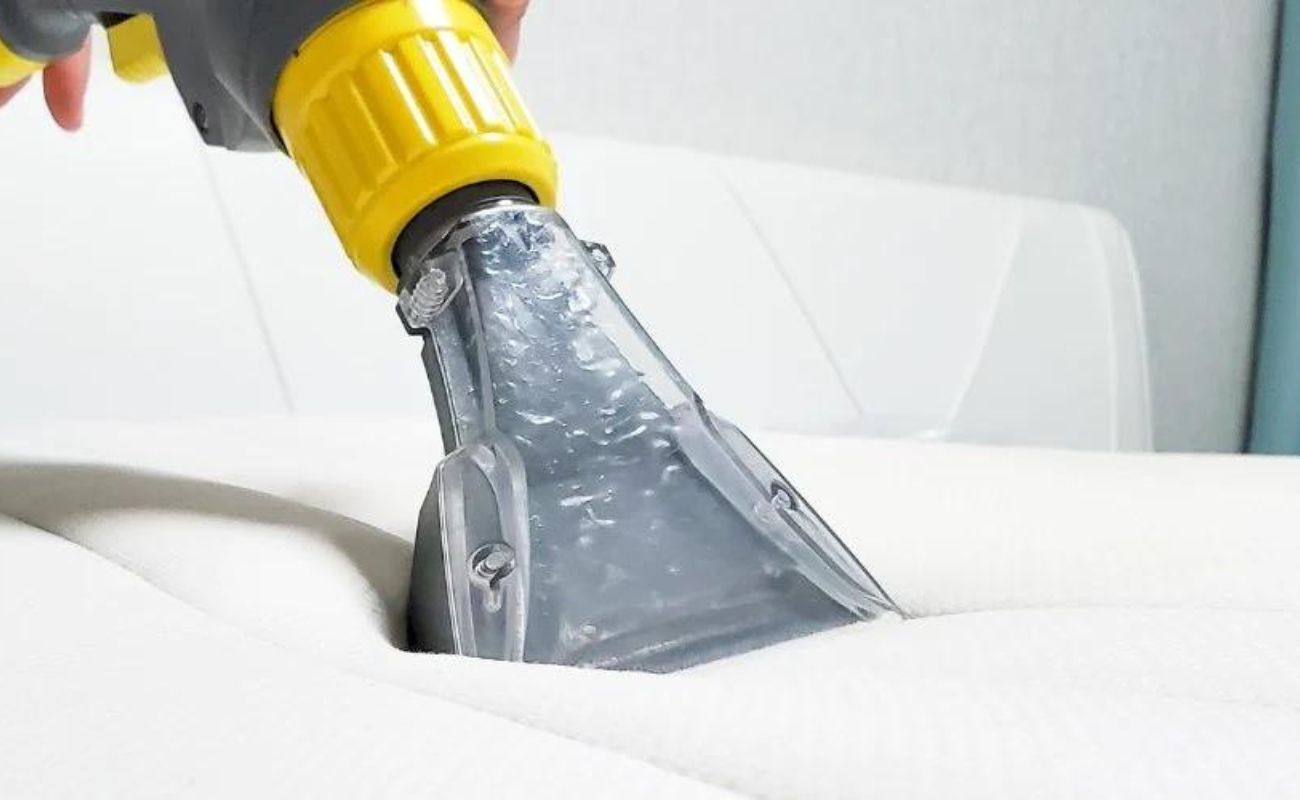
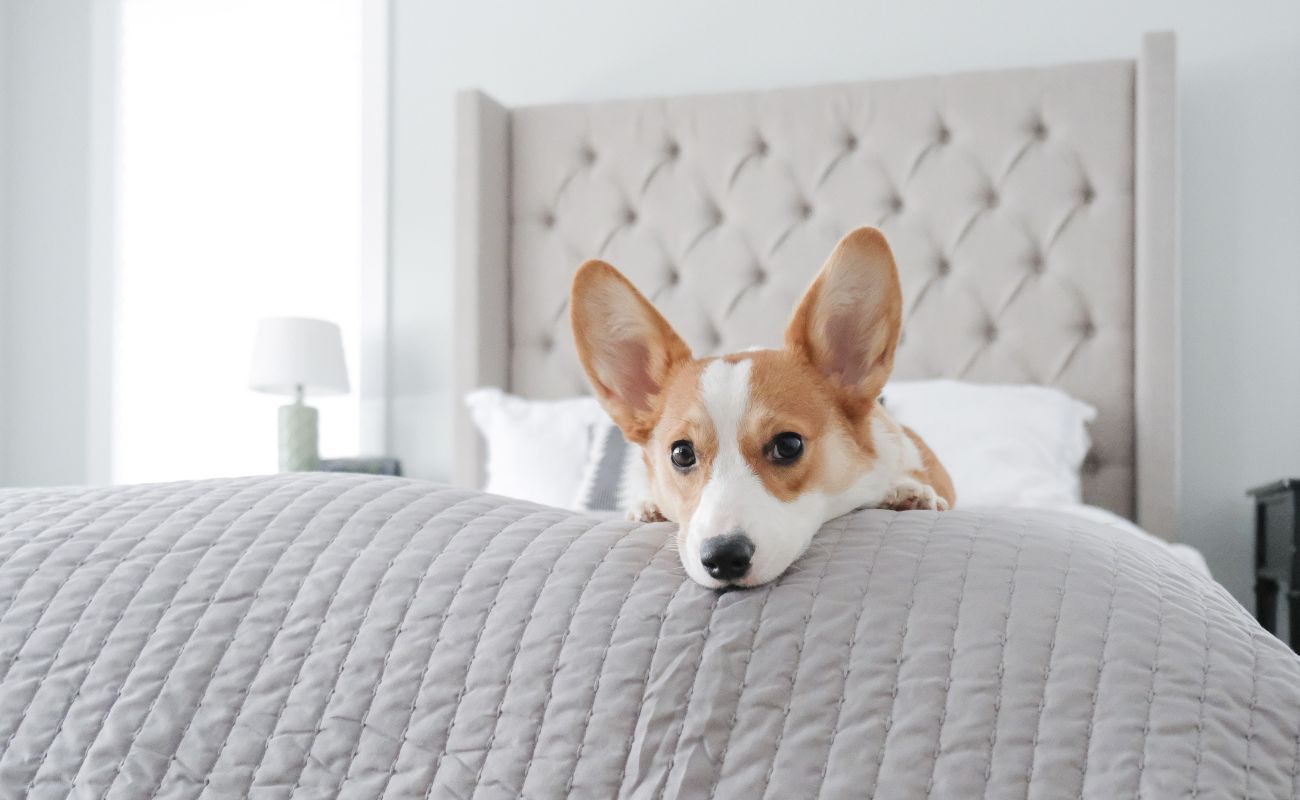
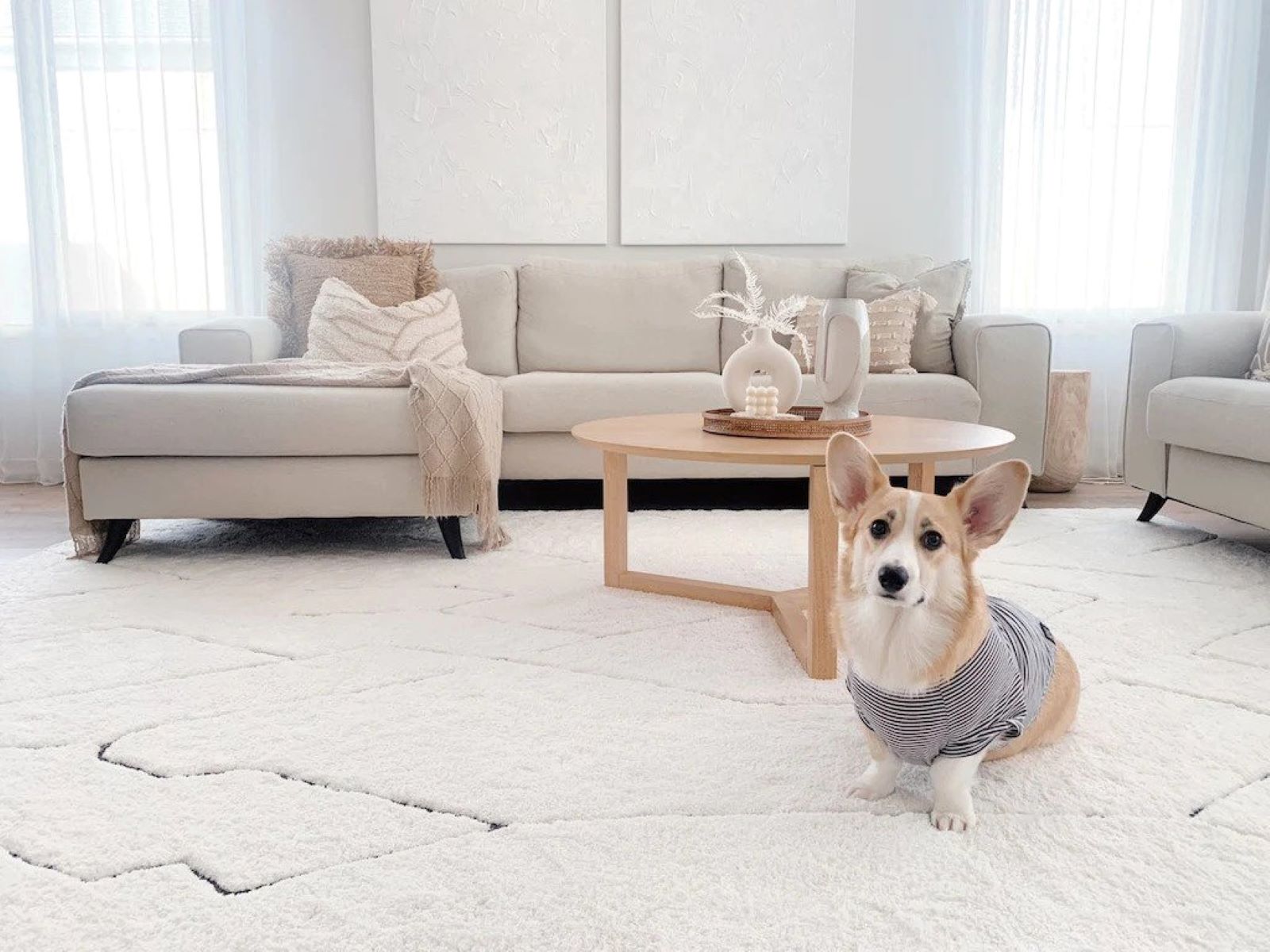
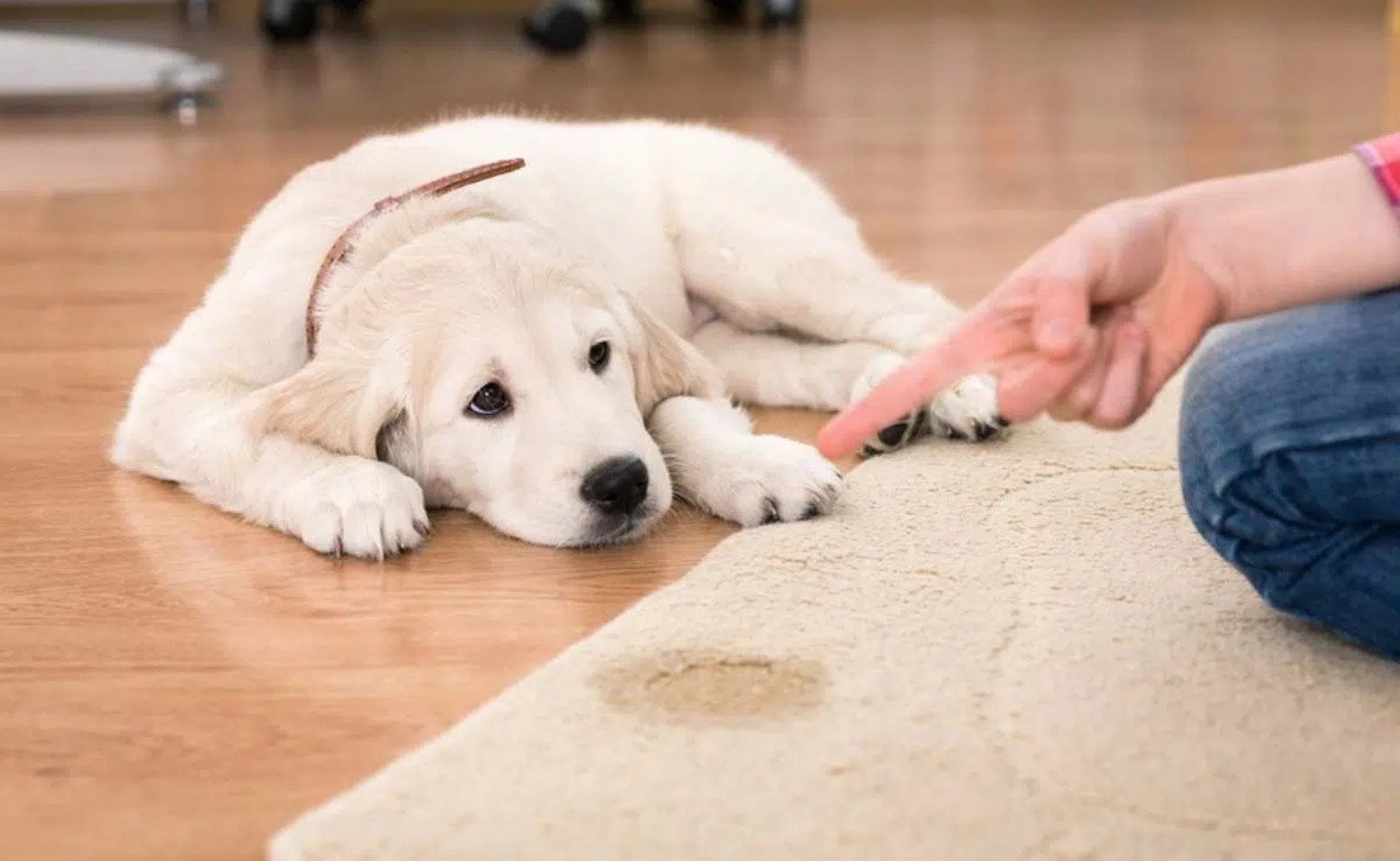
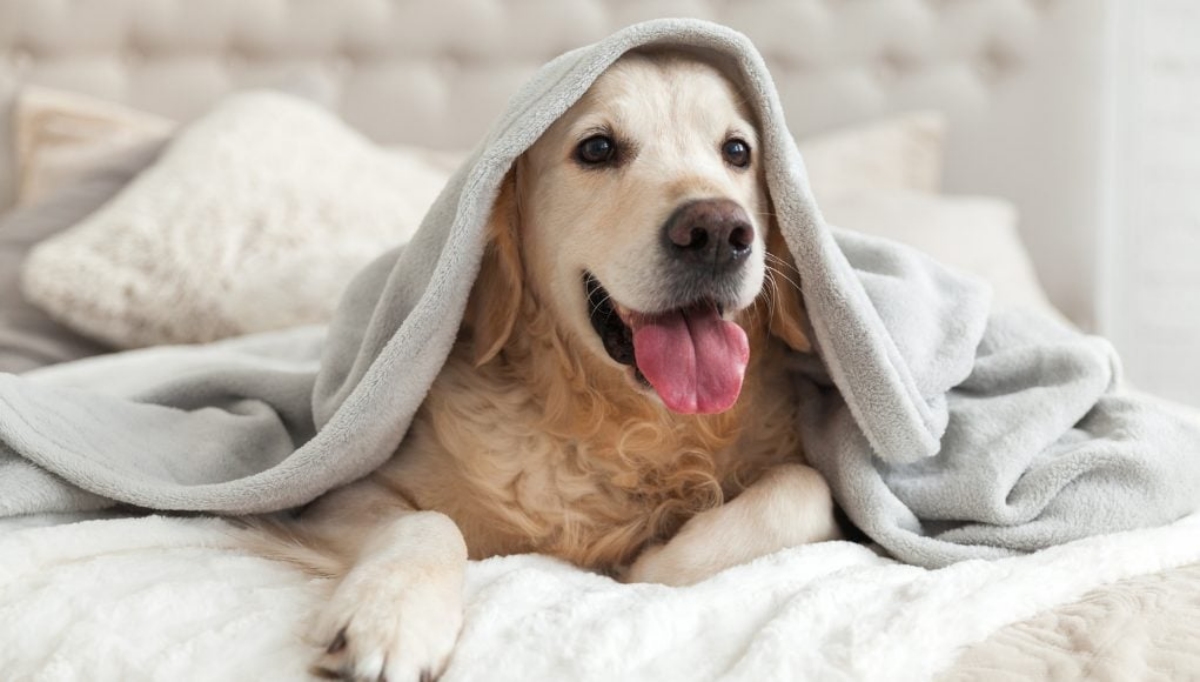
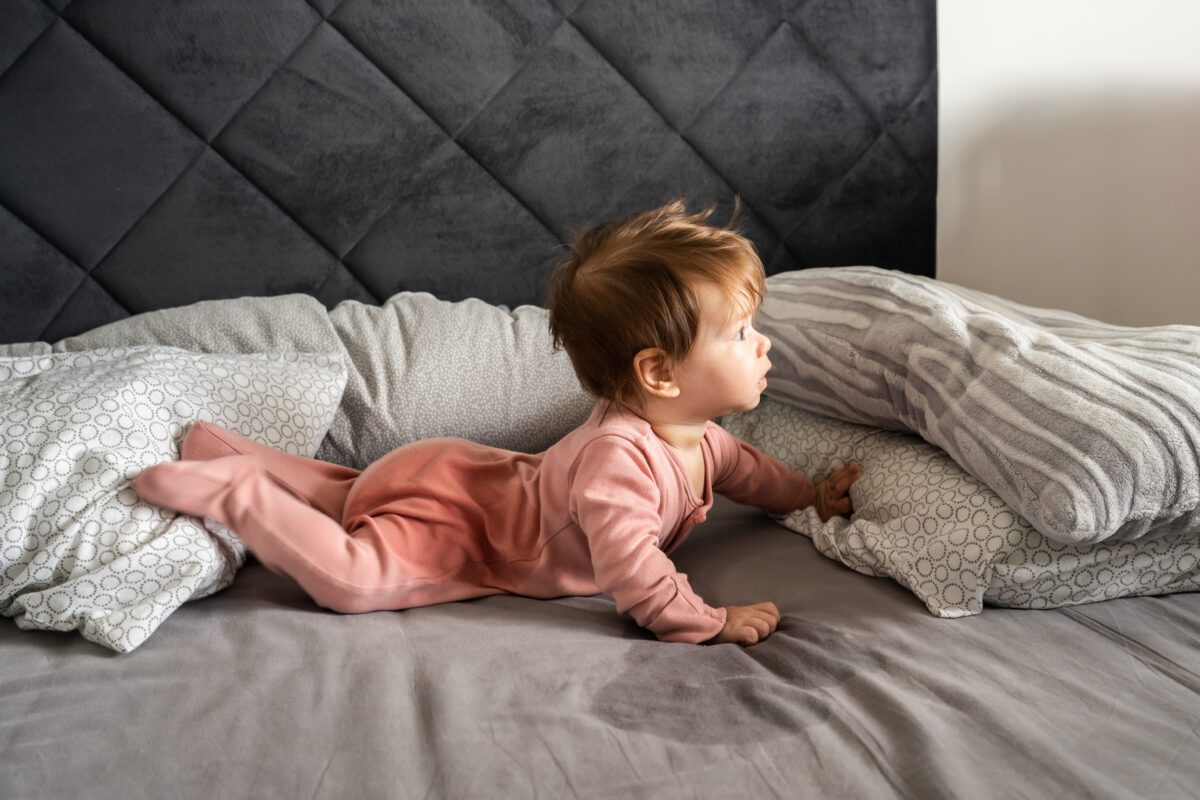
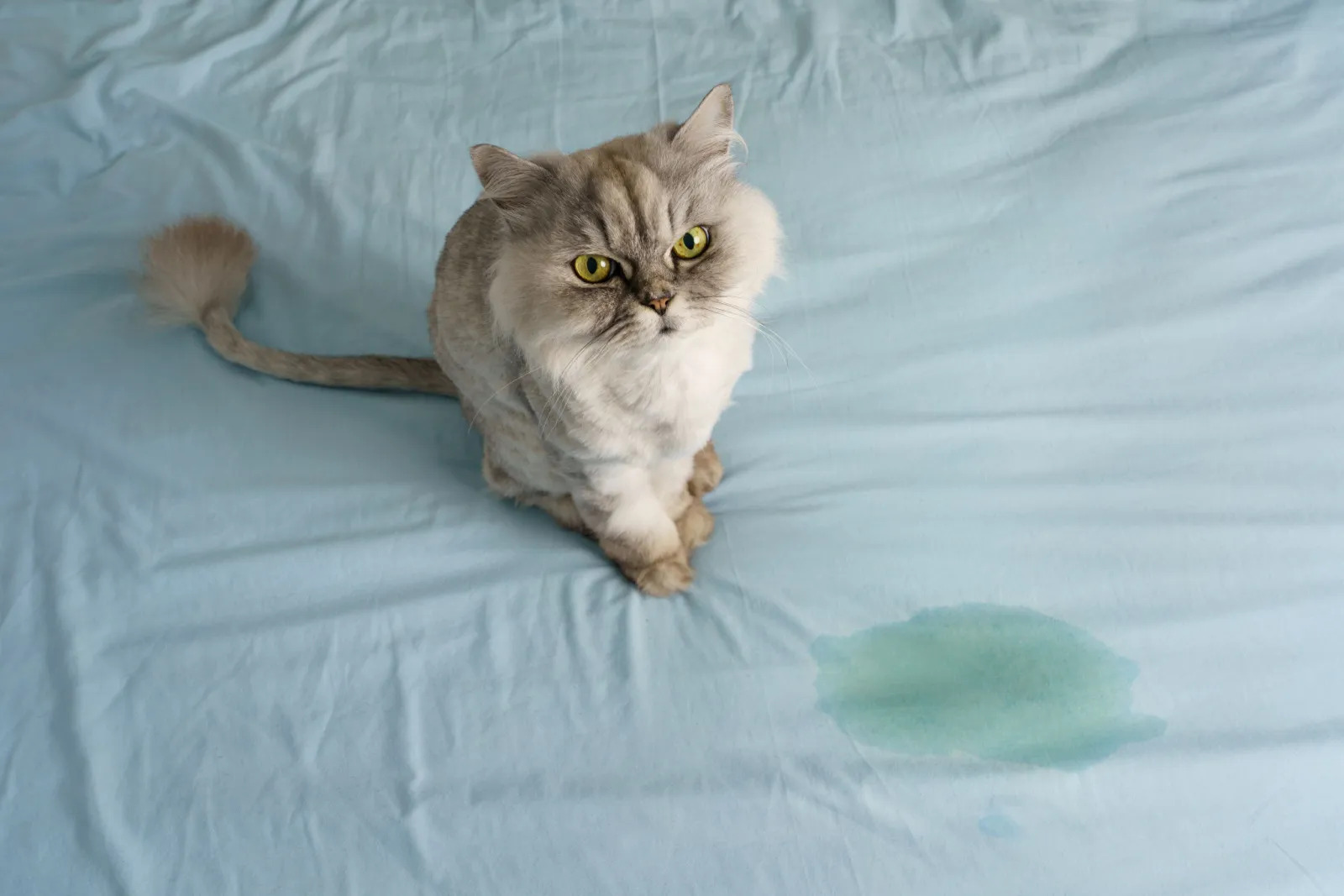
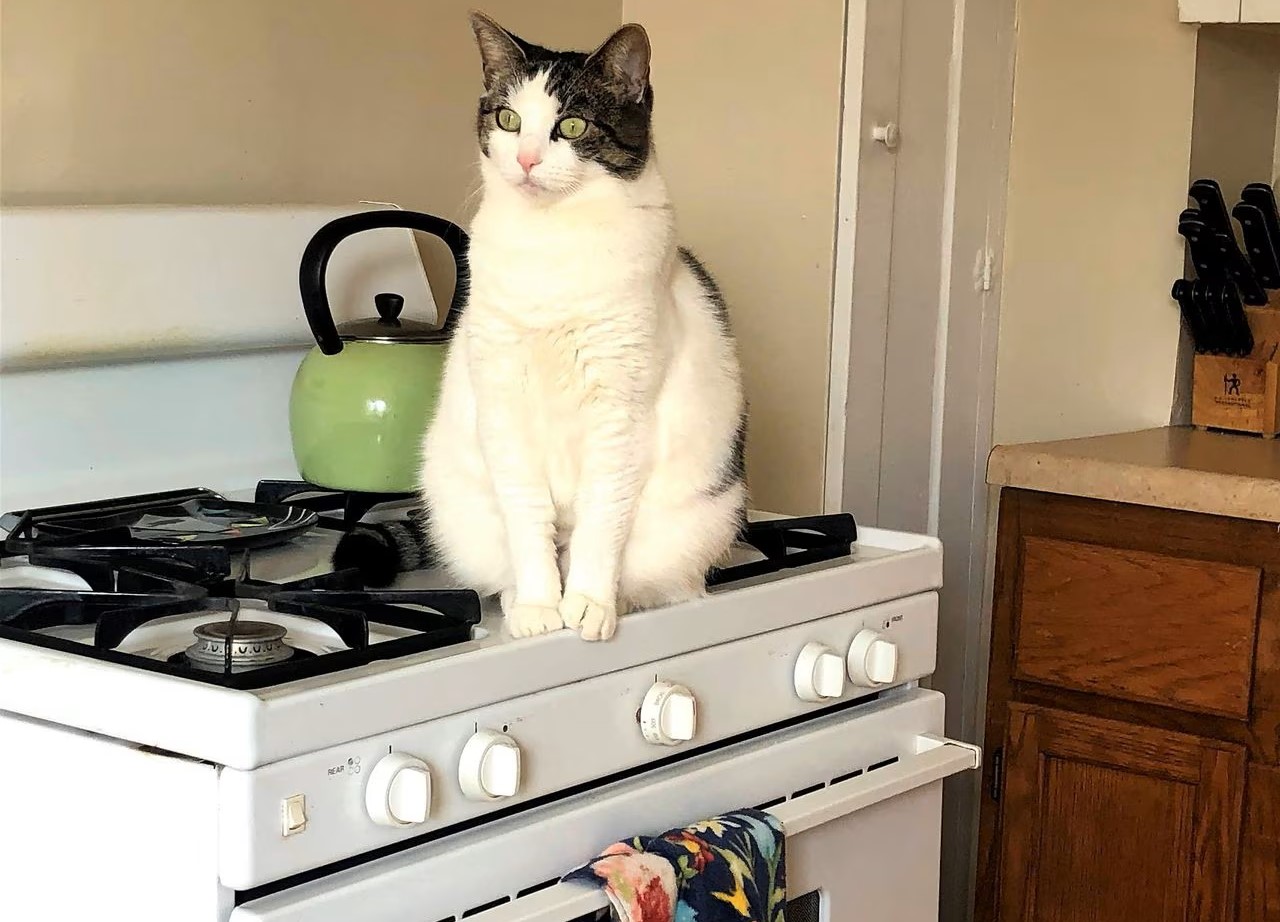
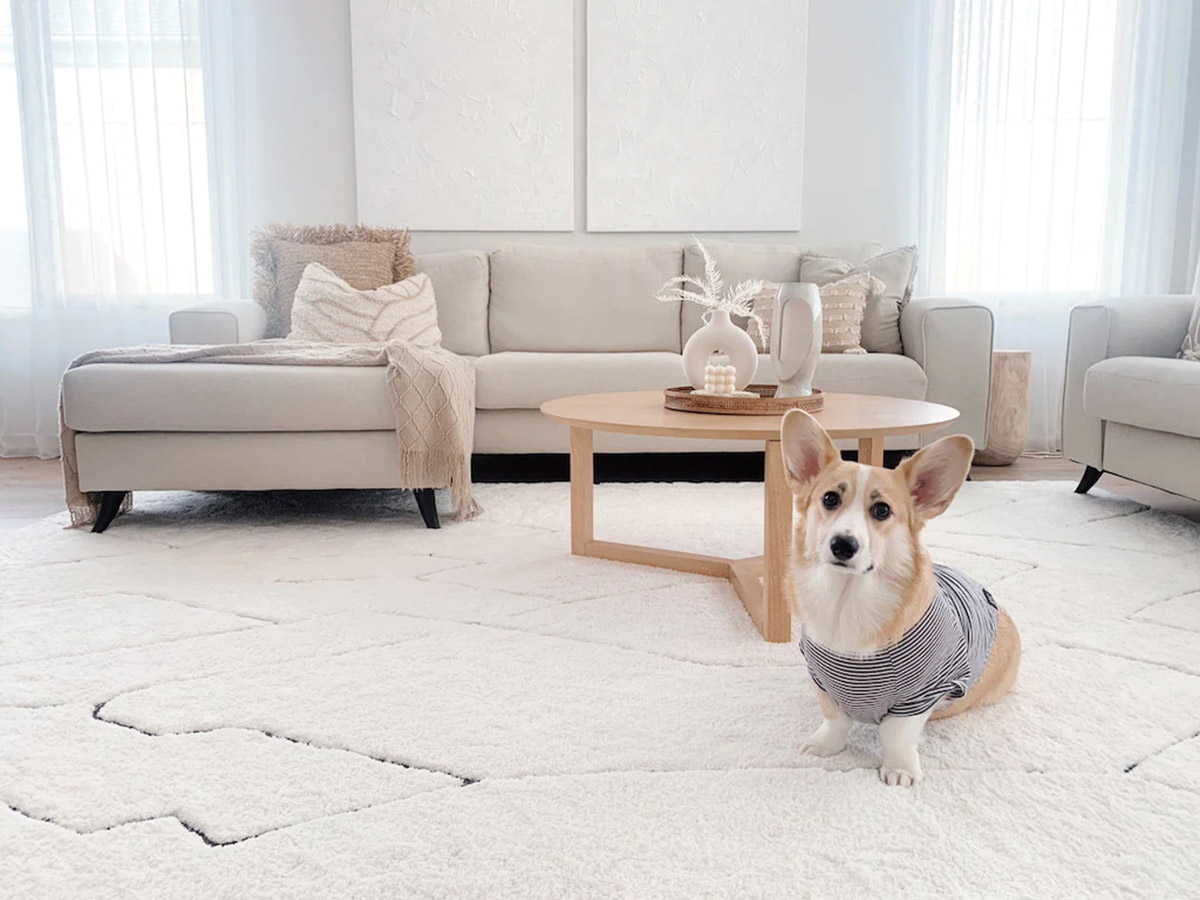
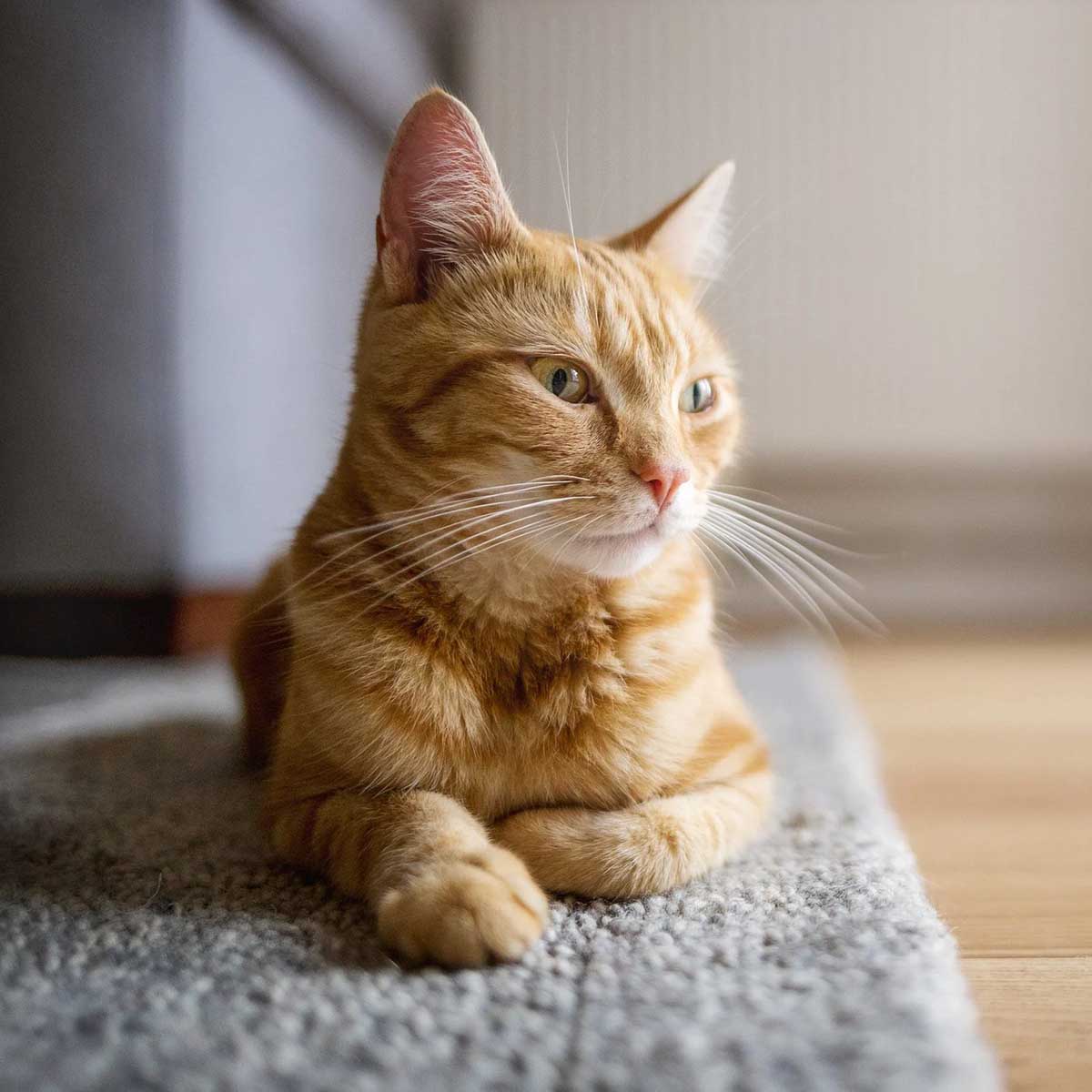

0 thoughts on “How To Get A Dog To Stop Peeing On A Patio”